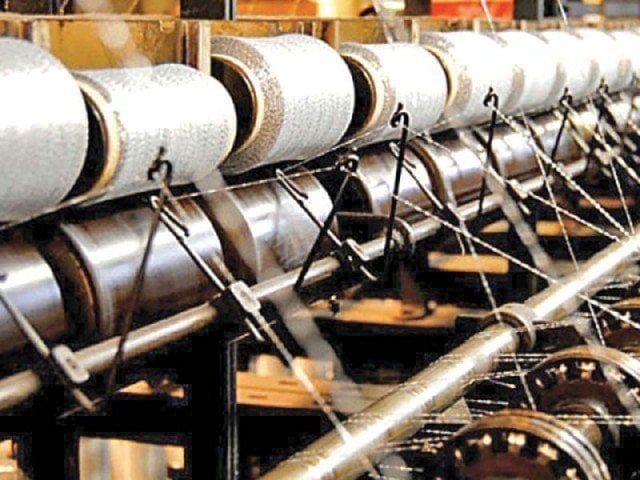
Interestingly, the big retail groups like Sapphire, which is largely supported by its parent company, are not captivated by this term. Their top management still believes that today’s retail market symptoms are not a point of saturation at least for them as the country’s population and more importantly its middle class, both are constantly evolving, consequently bringing new markets, especially from second and third-tier cities.
However, challenges remain for them and some other large-scale retailers, primarily in the shape of promotional activities coupled with inflation or cost escalation for many brands, which have resulted in low sales volume for them.
“Promotions, unfortunately, have become a trend in Pakistan for almost the entire year; the customers wait for such sales, which hit top brands, as the customers are not ready to pay full price for a product,” remarked Nabeel Abdullah, Chief Executive Officer of Sapphire Retail.
In an interview with The Express Tribune, Abdullah said Sapphire was actually a high-cost producer as it spent much more on research and development and other product development and innovative techniques. “At the beginning of our retail journey back in 2014, we set up the entire infrastructure and spent on backend technology like digital printing; since then we are growing at a yearly pace of almost 40%,” he said.
Sapphire Retail is a sister concern of the Sapphire group, with textile being its core business. The group is vertically integrated comprising yarn manufacturing, fabrics, grey fabrics, home textile, garments, etc and has an entire in-house supply chain mechanism.
The group exports textile products to many parts of the world as it is its core business, but interestingly its retail section is not that interested in expanding its footprint outside Pakistan.
“Our strength is textile manufacturing, but over the period of time we felt that export markets are shrinking in terms of margins, and since we have core competency in producing good-quality products, so why not tap the domestic market.
“We do sell our products to other countries, but that volume is currently low and that too via third party or online sales,” he added.
For Abdullah, the retail business cannot be managed without putting in place constant innovation and product development mechanisms. Fortunately, the group has invested much in modern methodologies in retail business; still it feels a lot more should be done for constantly replacing old technology with new ones.
Textile industry likely to get higher import orders from US
“We were the second brand in Pakistan to use digital printing in 2014; now the country has almost 100 such machines and a majority is replicating the same product,” he said.
“Now, is the time for us to look towards new innovative tools as yesterday’s innovations became a commodity today.”
Abdullah is looking towards mass customisation as it is a new concept in world retail markets. “Many renowned brands are using this technology for their customers; we also have to work on this in Pakistan as right now we are at basic levels of mass customisation; this will make the shopping experience better for our customers,” he said.
The brand is currently operating a chain of 20 stores, apart from online sales, which Abdullah said would lead future sales. In recent months, the management has entered into second-tier cities and is likely to enter third-tier urban centres as it assesses the customer base via online sales.
Textile value addition: Govt taking steps to make industry competitive
“We do have a clientage of unstitched fabric and other accessories in such cities and it is likely that they will come to the stitched fabric soon,” he pointed out.
Interestingly, Abdullah is satisfied when it comes to taxes on the retail sector, though the sector in general is facing some issues, but these can be largely tackled under an association.
“We do not need government subsidies, however, increasing cost, due to rupee depreciation, and other factors are hurting us as we do not want to pass on this impact to our customers. Customers right now are highly inclined by sales’ offers; we, through our association, will now try to tackle this issue as we have to open new product lines to keep expanding at a rapid pace,” Abdullah said.
Pakistan’s retail market has witnessed a boom after different textile groups felt the heat from shrinking export markets due to energy shortages and the resultant lack of price competitiveness. This growth has largely been supported by growing population and innovation in Pakistan’s shopping experience. There is no data to show how many brands are currently operating in the domestic market, but the growth over the past one decade has led to expansion of Pakistan’s retail market.
According to Statista, a Germany-based market research and business intelligence portal, Pakistan’s retail size at the end of 2018 stood at $210.28 billion.
the writer is a staff correspondent
Published in The Express Tribune, February 18th, 2019.
Like Business on Facebook, follow @TribuneBiz on Twitter to stay informed and join in the conversation.










































COMMENTS
Comments are moderated and generally will be posted if they are on-topic and not abusive.
For more information, please see our Comments FAQ